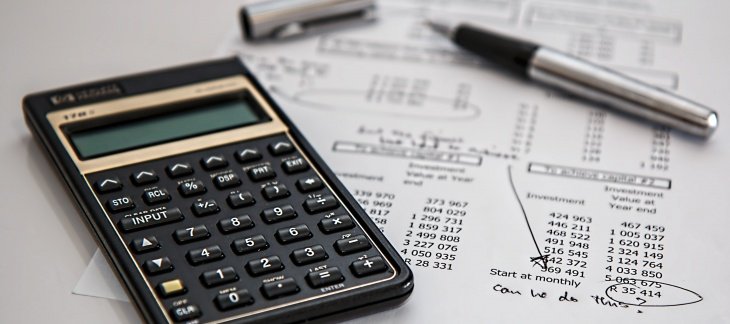A discretionary trust is a type of trust where the trustee has discretion over how, when, and to whom the trust assets will be distributed. Unlike other types of trusts, such as fixed trusts or life interest trusts, where the beneficiaries have a guaranteed entitlement to a specific share of the trust assets, with a discretionary trust, the beneficiaries have no right to the trust assets. Instead, the trustee has the power to decide how to distribute the assets among the beneficiaries.
In a discretionary trust, the trustee has the responsibility to manage and invest the trust assets on behalf of the beneficiaries. The trustee must take into consideration the beneficiaries’ needs and circumstances when making distribution decisions. The trustee has the power to distribute part or all of the trust assets to any beneficiary, exclude any beneficiary from receiving any distribution, and modify the terms of the trust if necessary.
Discretionary trusts are often used as a tool for estate planning, protecting assets from beneficiaries’ creditors or future claims, and providing for minor or incapacitated beneficiaries. Discretionary trusts can also be used to provide flexibility in planning for taxation, as the trustee can distribute income to beneficiaries who are in a lower tax bracket.
Overall, a discretionary trust provides flexibility and control for the trustee in managing and distributing the trust assets. However, it also requires a high degree of trust in the trustee’s execution of their discretion and careful consideration of the beneficiaries’ needs and circumstances.
A tax return for a discretionary trust in the UK is required to report the trust’s income and gains to HM Revenue and Customs, and to calculate the amount of tax that the trust is liable to pay. The tax year for a trust runs from 6th April to 5th April the following year.
The trustee of a discretionary trust is responsible for completing the trust’s tax return and paying any tax due. Here is an overview of the steps involved in completing a tax return for a discretionary trust in the UK:
- Gather information: The trustee must gather all the relevant information to include in the tax return, such as the trust’s income, expenses, and capital gains.
- Complete the tax return: The trustee can complete the tax return online using the HMRC Trust Registration Service or by paper using Form SA900 (Trust and Estate Tax Return). The tax return must be submitted on or before 31st January following the end of the tax year.
- Calculate the tax liability: The trustee must calculate the tax liability of the trust based on the trust’s income, expenses and gains for the tax year.
- Pay any tax owed: The trustee must pay any tax due on or before 31st January following the end of the tax year. The trustee may also need to make payments on account if the tax liability for the current tax year is estimated to be higher than the previous year.
- Provide information to beneficiaries: The trustee must provide information to the beneficiaries of the trust about the income and gains allocated to them, the trust expenses, and any tax paid.
In summary, completing a tax return for a discretionary trust in the UK involves gathering information and calculating the trust’s tax liability. The trustee of the trust is responsible for filing the tax return and making any payments due on behalf of the trust. It is important to seek professional advice from a tax advisor to ensure the tax return is completed accurately and on time.
Should you need help with the tax planning or preparation of tax return for a discretionary trust, please feel free to get in touch with us.
Our tax consultants are qualified and experienced and are based in our London office.





